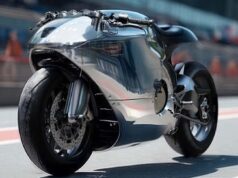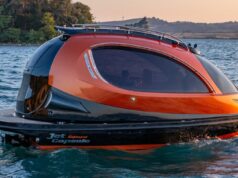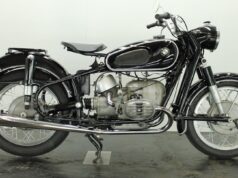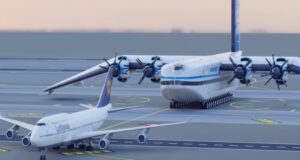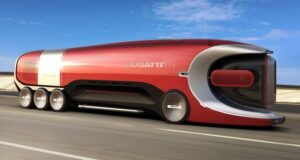Back in the early 90s Lockheed Martin created a program called the Large Subsonic Transport, a series of designs for an aircraft that would be the natural evolution of the Boeing 747.
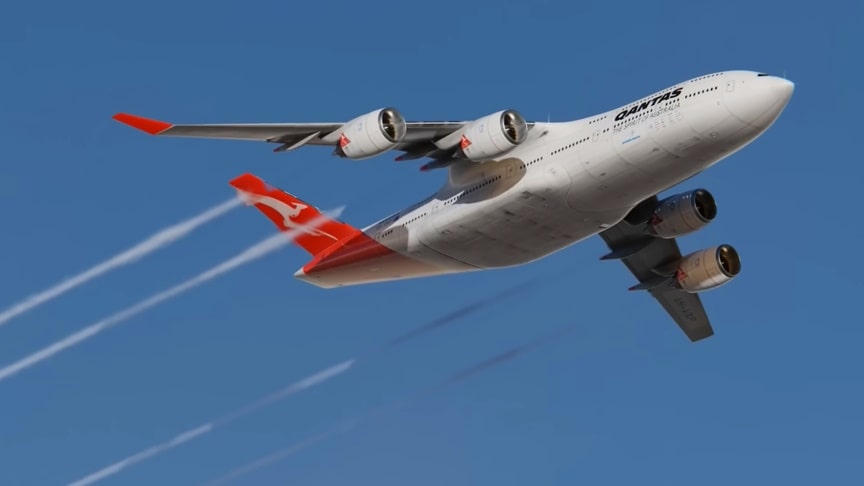
The design that they came up with was this – the Lockheed Very Large Aeroplane.This aircraft would solve the problem of limited airport capacity.The design that they came up with was this – the Lockheed Very Large Aeroplane.
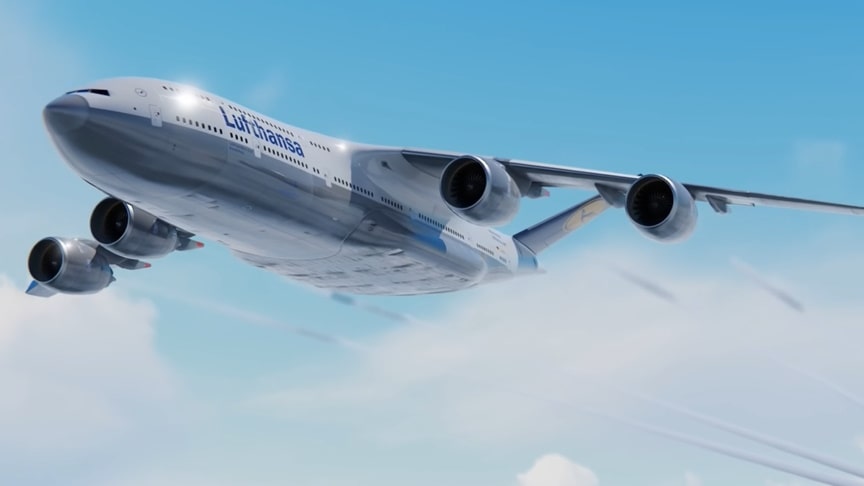
It was 262 feet long (79 meters), making it one of the longer planes around in the world today. Needless to say, this aircraft would have dominated the airports around the world and required modifications to runways and gates like the A380 would ten years later.
Advertisement
It would have carried around 900 passengers onboard, with 450 split on each deck in a three-class cabin configuration. This aircraft was impressively wide, so passengers might have found themselves in a cabin 17 seats acorss, or 3 – 4 – 3 – 4 – 3 configuration with four asiles. Lockheed Martin also planned for a cargo version of the aircraft with intermodal containers.
The plane would have been able to hold 16 of them on the lower deck, and still carry 450 passengers on the upper deck. In the design document, the plane only had a range of 3,200 nautical miles, or 5,900 km. This is shockingly small compared to the Boeing 747 with 7,730 nautical mile range or 14,320 km, or the Airbus A380 that could fly 8,000 nautical miles or 15,000 kilometers.

